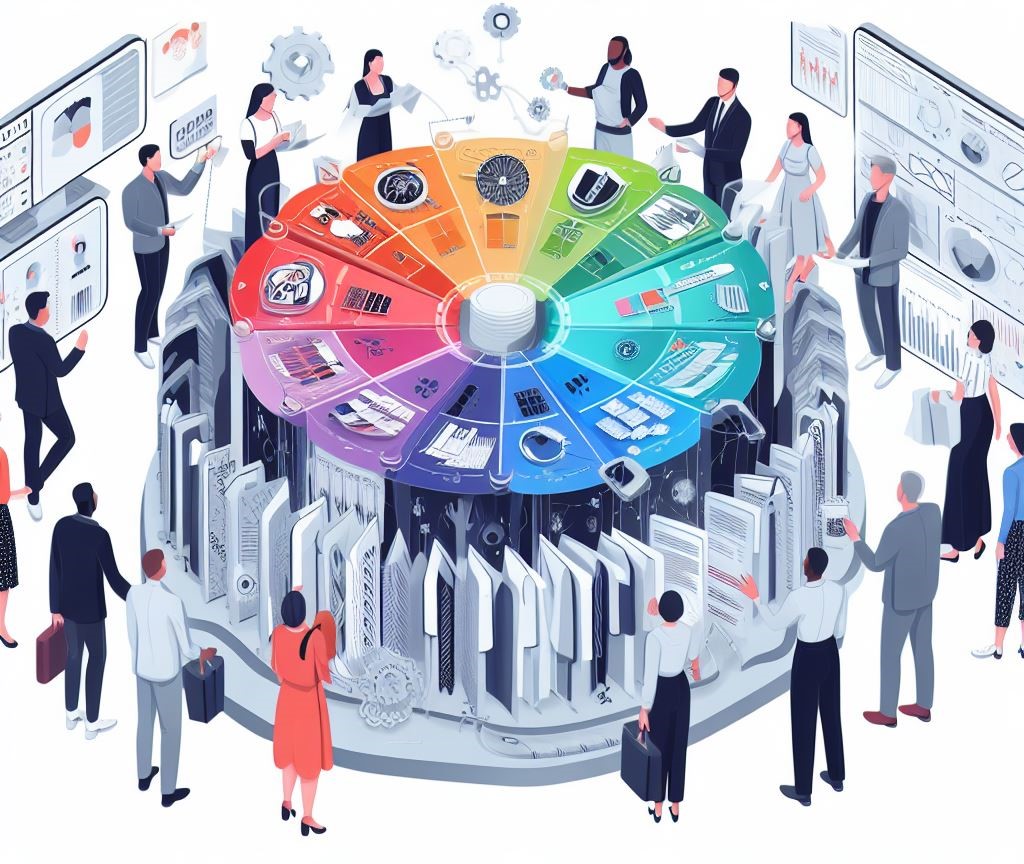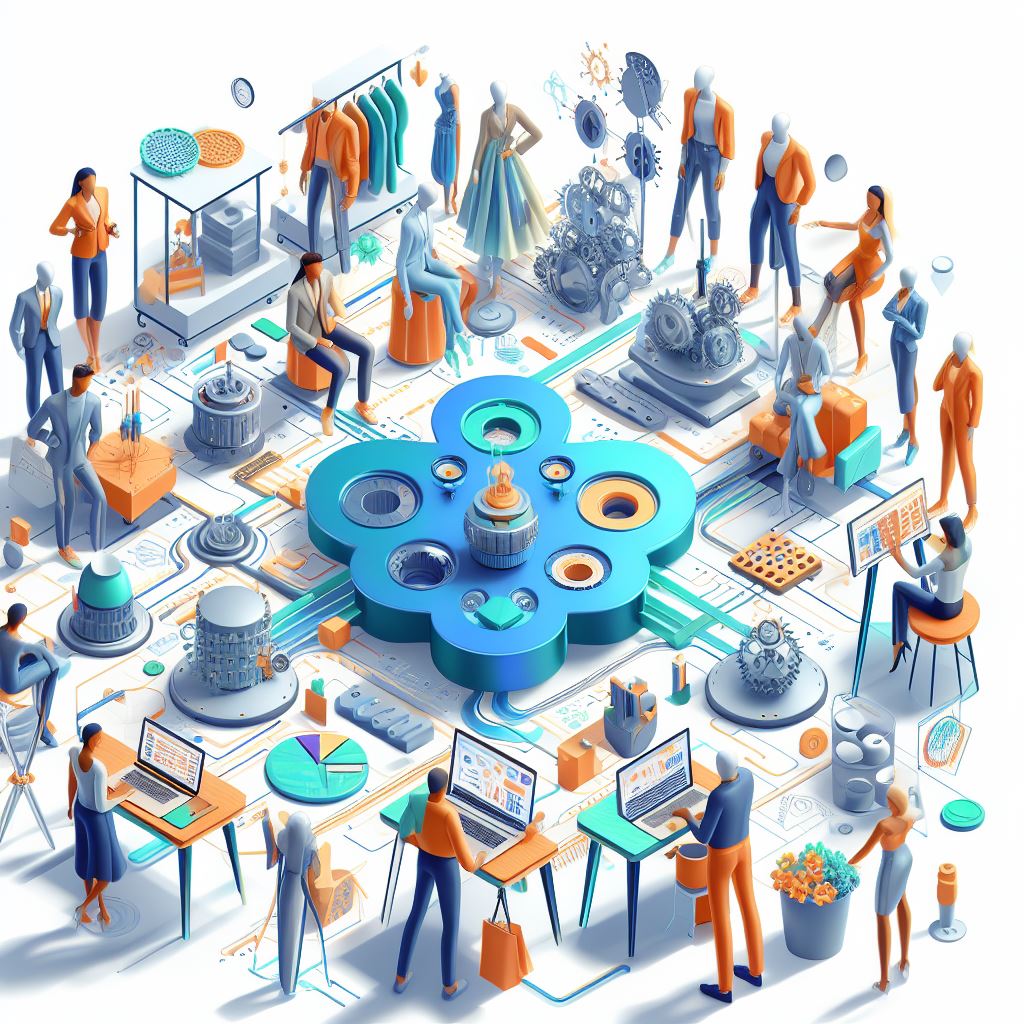BY CHRIS JONES | OCTOBER 25, 2023 | 3 MINUTE READ
In an industry where trends shift rapidly, and consumer demands change overnight, fashion businesses must stay ahead of the curve. The fashion world, however, isn't just about glittering catwalks and stunning garments. Behind the scenes, a synchronised orchestra of talent and technology makes everything possible. Product Lifecycle Management (PLM) is a technology that reshapes how fashion companies operate. But how exactly does Fashion PLM play a role in retaining talent and engaging employees?
1. Centralising Information and Enhancing Collaboration
A key advantage of Fashion PLM is its ability to centralise information, making it accessible to all stakeholders, from designers to suppliers. This promotes teamwork, as everyone can see the progression of a product and contribute their insights. When employees feel their voice is heard and that they're a part of the decision-making process, they are more likely to stay engaged and committed to the company.

powered by DALL·E 3
2. Reducing Manual and Redundant Tasks
One of the quickest ways to disengage an employee is by burdening them with repetitive, mundane tasks. With automated workflows, PLM systems eliminate the need for such tasks, allowing employees to focus on more value-added activities. This enhances productivity and boosts job satisfaction as employees find more meaning and challenge in their roles.

powered by DALL·E 3
3. Continuous Learning and Development
PLM platforms often come with online training modules and support, allowing employees to upgrade their skills continually. This fosters a culture of continuous learning and helps employees stay updated with the latest industry trends and technologies. Employees who feel they are growing professionally are less likely to seek opportunities elsewhere.

powered by DALL·E 3
4. A Clear Vision of the Product Journey
Transparency is critical to engagement. With a PLM system, employees can trace the entire lifecycle of a product, from the initial concept to its final dispatch. Such visibility gives them a clearer understanding of the business, making them feel more connected and invested in the company’s success.
5. Promoting Innovation
Fashion PLM is not just about managing products; it’s also a platform for creativity. By offering tools for virtual sampling, 3D designing, and other innovative features, PLM platforms inspire employees to think out of the box and develop groundbreaking designs. When employees feel they are part of a forward-thinking organisation, their loyalty and commitment grow.

powered by DALL·E 3
6. Real-time Feedback and Recognition
An integrated Fashion PLM system allows real-time tracking of a product's success, enabling managers to recognise and reward employees promptly. Timely feedback and recognition are pivotal in employee engagement and retention, making employees feel valued for their contributions.
7. Fostering a Culture of Sustainability
Modern Fashion PLM platforms are being developed to emphasise sustainable practices, from responsible sourcing to eco-friendly manufacturing. Given the increasing awareness about sustainability among the younger workforce, being part of a company that prioritises green practices can be a significant morale booster.

powered by DALL·E 3
Conclusion
Fashion PLM is not just a technological tool; it's a strategic asset for fashion companies aiming to retain their best talent. Fashion PLM systems play a pivotal role in keeping employees engaged and committed to their organisations by enhancing collaboration, promoting innovation, and fostering a culture of continuous learning and sustainability. In the competitive world of fashion, where talent is as crucial as design, leveraging the capabilities of PLM can be the differentiator between success and mediocrity.
Author Chris Jones
For over three decades, Chris has helped global brands, retailers, and manufacturers align people, processes, and technology, driving transformation projects to maximise business impact.
This article is also published on the website: How Fashion PLM Can Retain Talent and Engage Employees (www.LinkedIn.com)


